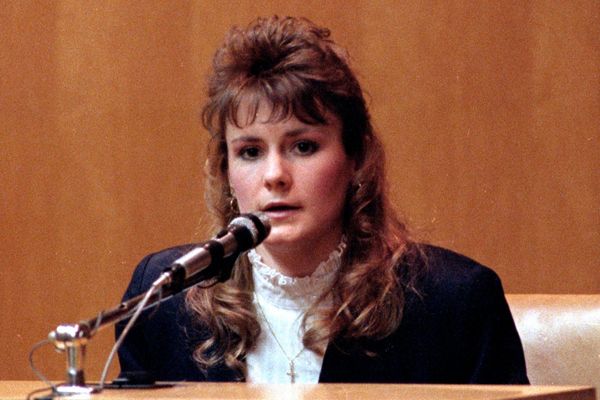On March 22, during an election campaign speech in Rajkot in Gujarat, Union Minister and Rajkot Bharatiya Janata Party (BJP) candidate Parshottam Rupala unwittingly triggered outrage when he praised the Dalits at the expense of the Kshatriyas or Rajputs.
Commenting on British rule, Mr. Rupala said, “Even kings and royals bowed down to the British, started family bonds with them, broke bread with them, and even married their daughters to them but this Rukhi Samaj (a Dalit community) did not budge. I salute them for their fortitude and strength. It is this strength that has kept Sanatana Dharma alive...Jai Bhim!” His reference to roti-beti vyavahar (breaking bread and entering into marital relations) caused anger that neither he nor the party anticipated in a State where the BJP enjoys near-complete dominance.
As clips of the speech went viral on social media, the Rajputs, who are descendants of royal or princely families in Saurashtra, began to protest. This was the region where more than 100 large and small princely states existed at the time of independence.
Taken aback by the response, Mr. Rupala, who belongs to the Patidar or Patel community, hastened to apologise twice, stressing that he will regret his remarks for the rest of his life. “It was not my intention to show the royal families or Kshatriya community in poor light... I just wanted to elaborate on the atrocities committed by vidharmis (people of other faiths) on our country and culture,” he said. But the apology cut no ice with the community. In fact, in parts of Saurashtra, Mr. Rupala’s statements have revived old caste rivalries between the Rajputs and Patels.
In Saurashtra, caste tensions over the years have resulted in conflicts and even killings. In 1988, a Patel legislator of the Congress, Popat Sorathiya, was shot dead in public by a man named Anirudhdhsinh Jadeja on August 15. The following year, Cabinet Minister Valabbhbhai Patel was assassinated by another Kshatriya, also called Anirudhdhsinh. In 1995, Jayanti Vadodaria, a civic body member of the BJP in Gondal, was murdered by members of the Kshatriya community.
In the heydays of the Congress in Gujarat, and particularly in Saurashtra, Rajputs held their sway over Patels despite being fewer in number. But in the mid-1990s, the complete consolidation of the Patels in favour of the BJP helped the saffron party wrest the State from the Congress. Since 1995, the BJP has won seven Assembly elections in the State in a row. Today, both the Patels and the Rajputs firmly support the BJP.
However, power is not equally distributed. There are five MLAs and one Rajya Sabha BJP member from the Rajput community from the Saurashtra-Kutch region in the BJP. But Kshatriyas or Rajputs who are Ministers in the State or Central government exercise little power, according to a political commentator. “Today, Patidar domination in the ruling party and in the government is complete. The Chief Minister is a Patel and Union Ministers including Mr. Rupala and Mansukh Mandaviya are Patels. There is not a single notable Kshatriya face in the State cabinet,” he says. He believes that the recent protests by the Rajputs show their frustration with being sidelined within the BJP.
While it is unlikely that there will be any major adverse impact electorally for the BJP or for Mr. Rupala, it would nevertheless be wise for the ruling party leadership to dwell on why only a handful of communities such as the Patels, Brahmins, or Banias corner a large share of the pie in the State government or at the Centre, while other communities including the Kshatriyas, Other Backward Classes, Scheduled Castes, and Scheduled Tribes remain on the margins. The Scheduled Tribes in Gujarat are roughly the same in number as the Patidars (around 15% of the population), yet, there is not a single tribal leader in the Union Cabinet from the State.
In Gujarat, under the BJP, it is common to see a Dalit Minister be put in charge of the Department of Social Justice and Empowerment and an Adivasi Minister be put in charge of the Department of Tribal Development and sometimes Forest and Environment, but never in charge of, Finance, Revenue, or Home, the most important portfolios in terms of power and resources. The only exception was during the Vijay Rupani period when a Rajput leader, Pradipsinh Jadeja, was made Minister of State, Home.







